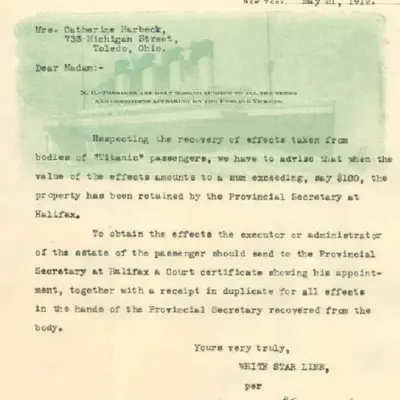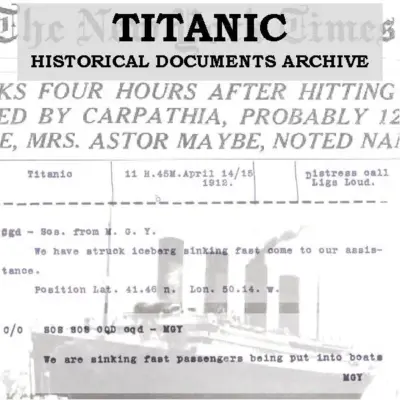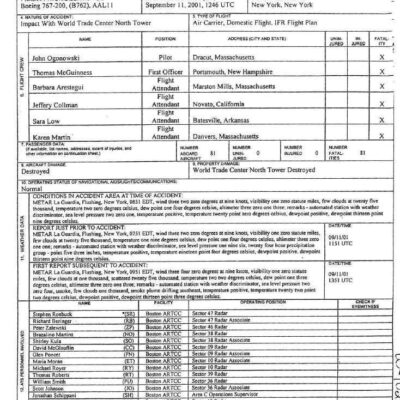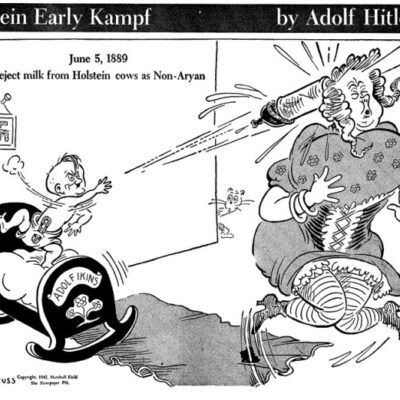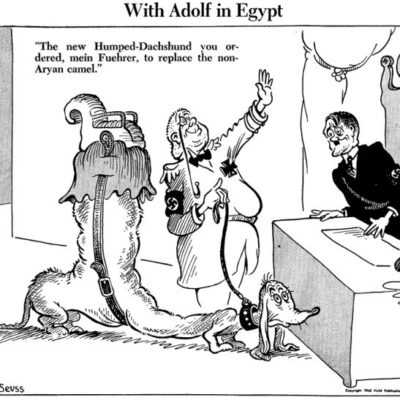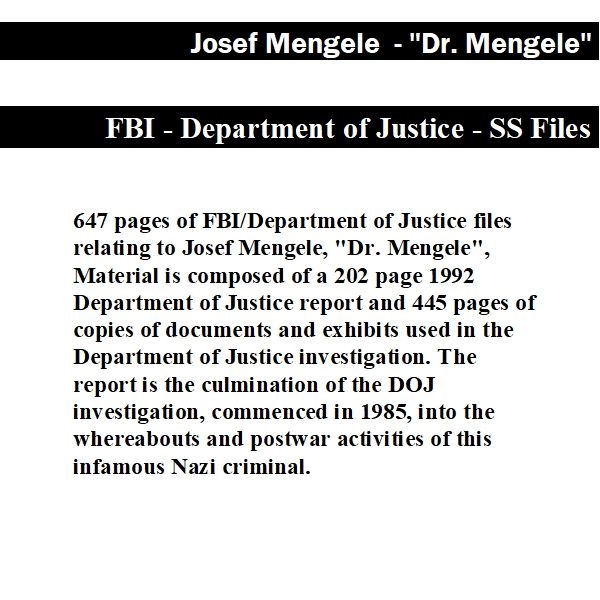
Josef Mengele “Dr. Mengele” FBI – Department of Justice – SS Files
$19.50
Description
Josef Mengele: Postwar Investigations and Timeline
Timeline of Main Events Related to Josef Mengele
- World War II (1939-1945): Josef Mengele serves as an SS Hauptsturmfuehrer and “doctor” at the Auschwitz concentration camp in Nazi-occupied Poland. He participates in the selection of prisoners for forced labor or immediate gassing and conducts grotesque pseudo-medical experiments, particularly on twins.
- Post-World War II (immediately after 1945):Josef Mengele is the most notorious Nazi criminal thought to be alive.
- Allegations arise that Mengele was a prisoner of war in U.S. custody in 1945 and knowingly released.
- Allegations surface that he lived openly under his own name in his hometown with tacit U.S. approval.
- Claims emerge that he was arrested by U.S. forces in Vienna in 1946 and subsequently released.
- Accusations are made that U.S. intelligence agencies used Mengele and then assisted him in escaping Europe for South America in 1949.
- 1945-1949: The Department of Justice investigation aims to determine Mengele’s whereabouts, activities, and affiliations during this period.
- 1968: A report by Brazilian Police Special Agent Erich Erdstein is created (mentioned as part of later investigation documents).
- 1981: The State Prosecutor in Frankfurt issues a warrant for Josef Mengele’s arrest, detailing his extensive crimes at Auschwitz.
- February 1985: The U.S. Department of Justice initiates a comprehensive investigation into allegations regarding Mengele’s postwar activities and potential U.S. involvement. The Office of Special Investigations (OSI) is tasked with this. The investigation has two primary goals: determining Mengele’s whereabouts between 1945-1949 and his location in 1985.
- June 21, 1985: A Preliminary Forensic Report is created as part of the DOJ investigation.
- November 6, 1986: Another Forensic Report is produced as part of the DOJ investigation.
- 1992: The Department of Justice releases a 202-page report, the culmination of their investigation commenced in 1985, into Mengele’s whereabouts and postwar activities. This report is included in the 647-page compilation.
- March 12, 1992: A DNA Analysis Report by Professor Alec J. Jeffreys and Dr. Erika Hagelberg is produced, likely confirming Mengele’s fate (though the source doesn’t explicitly state the findings of this specific report).
Cast of Characters
- Josef Mengele (“Dr. Mengele”): An SS Hauptsturmfuehrer (Captain) who served as a “doctor” at the Auschwitz concentration camp during World War II. He was infamous for his role in selecting prisoners for death or forced labor and for conducting horrific pseudo-medical experiments, particularly on twins. After the war, he became a symbol of the Holocaust and the evil of Auschwitz and was the subject of intense searches.
- Attorney General (of the U.S.): The head of the U.S. Department of Justice who instructed the Criminal Division’s Office of Special Investigations (OSI) to initiate a comprehensive investigation into Josef Mengele in February 1985.
- Office of Special Investigations (OSI): A division within the Criminal Division of the U.S. Department of Justice tasked in February 1985 with investigating Josef Mengele’s whereabouts, activities, and affiliations from 1945-1949 and his location in 1985.
- State Prosecutor in Frankfurt: The official who issued an arrest warrant for Josef Mengele in 1981, which included a detailed account of his crimes.
- Erich Erdstein: A Brazilian Police Special Agent who created a report in 1968, which later became part of the documents reviewed during the DOJ investigation.
- Professor Alec J. Jeffreys: A scientist involved in DNA analysis who co-authored a report on March 12, 1992, likely related to confirming the identity or fate of Josef Mengele based on genetic evidence.
- Dr. Erika Hagelberg: A scientist who collaborated with Professor Alec J. Jeffreys on the DNA Analysis Report dated March 12, 1992.
Josef Mengele “Dr. Mengele” FBI – Department of Justice – SS Files
647 pages of FBI/Department of Justice files relating to Josef Mengele, “Dr. Mengele”, composed of a 202-page 1992 Department of Justice report and 445 pages of copies of documents and exhibits used in the Department of Justice investigation. The report is the culmination of the DOJ investigation, commenced in 1985, into the whereabouts and postwar activities of this infamous Nazi criminal.
For decades before the time of this report, former SS Hauptsturmfuehrer [Captain] Josef Mengele was the most notorious Nazi criminal thought to be alive. Mengele served during World War II as a “doctor” at the infamous Auschwitz concentration camp in Nazi-occupied Poland, where more than one million prisoners, the overwhelming majority of them Jews, were systematically executed. When prisoners arrived at Auschwitz, Mengele and his “doctor” colleagues selected for slave labor those who appeared medically “fit” (thus consigning them to toil under inhumane and often deadly conditions) or who could be used by the Third Reich in some other way. All other prisoners, the vast majority, were immediately murdered by gassing in specially designed asphyxiation chambers. Mengele was also notorious for performing grotesque pseudo-medical experiments on prisoners, children and adults alike, especially those who were twins.
In 1981, the State Prosecutor in Frankfurt issued a warrant for Josef Mengele’s arrest. This document contains a lengthy recitation of Dr. Mengele’s crimes. It is perhaps most accurately described as a catalog of horror. Dr. Mengele is accused of murder on a colossal scale. He held in his pointing index finger the power of life and death for the hundreds of thousands of innocents whom he confronted as they stepped from the overcrowded freight trains that brought them to Auschwitz (Oswiecim), Poland, some from the farthest corners of Europe.
Because of his highly visible and significant role in the Hitler regime’s homicidal reign of terror, Doctor Mengele effectively became a symbol of the Holocaust; in particular, his name became synonymous with the evil of Auschwitz, the site on which more people were murdered than any other in recorded human history. Understandably, the thought of his remaining a free man was most acutely painful for all Holocaust survivors, especially his victims. If indeed he were alive, as conventional wisdom held at the time, justice demanded that he be held legally accountable for his role in the Third Reich’s genocidal policies.
In February 1985, the U.S. Department of Justice investigated allegations that Mengele had been in U.S. custody and might have had a relationship with U.S. government institutions or personnel during the period immediately following the Second World War. Four allegations emerged: (1) that Mengele was a prisoner of war in U.S. custody in 1945 and had been knowingly released; (2) that he had lived openly under his own name in his own home town following the war, with tacit U.S. approval; (3) that he was arrested by U.S. forces in Vienna in 1946 and released; and (4) that he was used by U.S. intelligence agencies which then assisted him in escaping Europe for South America in 1949.
The Department of Justice’s Criminal Division’s Office of Special Investigations (OSI ) was instructed by the Attorney General to initiate a comprehensive investigation. This investigation had two primary goals: 1) to determine Josef Mengele’s whereabouts, activities and affiliations from 1945-1949, and 2) to determine his whereabouts in 1985, so that authorities in Germany or Israel could put him on trial.
Among many topics the report covers are: Allegations against Dr. Mengele, Mengele’s immediate postwar movements, Mengele’s autobiography as a source, The Idar-Oberstein Question: Mengele a POW?, Attempts to prevent release of war criminals, The Mengele family and the city of Guenzburg, U.S. contact with the family of Mengele, The Gorby question: arrest of Mengele in 1946-1947?, Polish Auschwitz trials, Questioning of Mengele’s wife Irene Mengele, Comparisons to the Klaus Barbie case, Mengele’s escape from Europe, Mengele’s residence in South America, Medical records From Germany, and DNA testing.
Included among the copies of documents in the compilation of exhibits are: Warrant for the arrest of Josef Mengele, Map of Mengele’s movements, List of German nationals detained, List of people named Josef Mengele, Documents related to “No Man’s Land”, Photograph of Schauenstein, Discharge certificate, Discharge directives, Wanted lists, Gorby memorandum, List of Auschwitz war criminals extradited to Poland, Muench wanted report, International Red Cross travel document, Preliminary Forensic Report, June 21, 1985, Translation of Josef Mengele’s SS File, Forensic report on SS File, Letter describing Mengele’s death, Mengele’s school records, Forensic Report, dated November 6, 1986, FBI letter concerning DNA, A chronology, DNA Analysis Report, March 12, 1992, by Professor Alec J.Jeffreys and Dr. Erika Hagelberg, and a 1968 report of Brazilian Police Special Agent Erich Erdstein.





